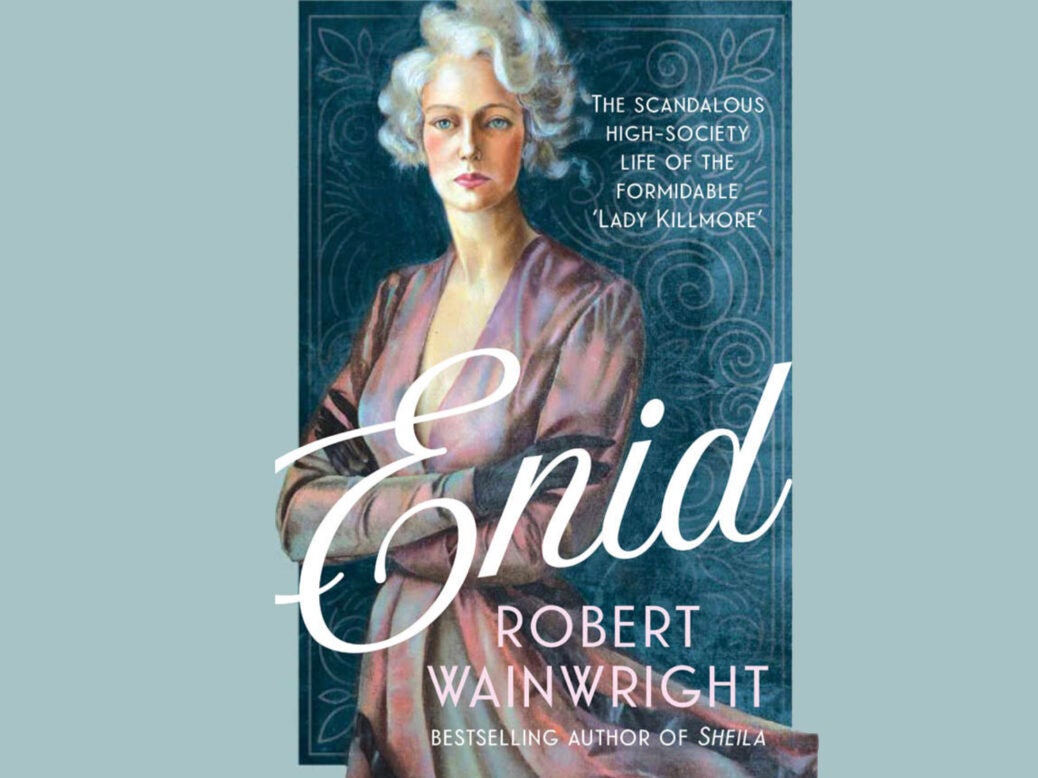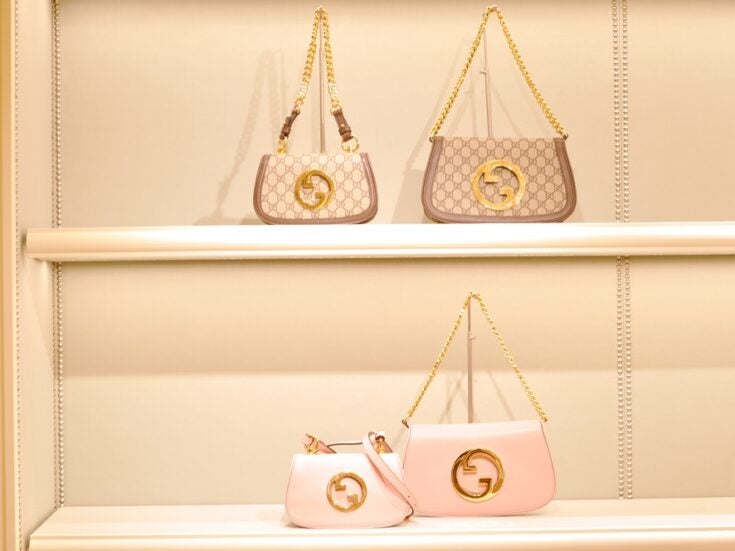
From Sydney suburbia to high society, a thorough biography charts the progress of ‘Lady Killmore’
Enid: The Scandalous High-Society Life of the Formidable ‘Lady Killmore’
by Robert Wainwright
(Allen & Unwin, £16.99)
Those daughters of Australia who married into the English aristocracy in the 1930s were said to be ‘crashing the gilded halls of Mayfair’. Pre-eminent among them was Enid Lindeman, who became Mrs Roderick Cameron in 1913, then Mrs Frederick Cavendish in 1917, then Lady Furness in 1933, and finally Lady Kenmare in 1941.
By her early fifties, she had been a widow four times. It was her friend Somerset Maugham who suggested a more apt title would be Lady Killmore. And when she arrived in Australia in 1947 a newspaper reporter asked her how often she had been married. ‘Oh, four or five times,’ she responded. ‘I don’t bother with divorce; it’s too messy, I just kill my husbands.’
It was a flippant and ill-advised remark, since she would be haunted by this unsavoury imputation until she died. But while Enid Kenmare was a femme fatale, she was certainly no murderer. Enid became part of New York high society for a couple of years before World War I, went to Paris as a nurse and ambulance driver during the war, was the talk of Cairo society in the 1920s, and enthralled both London society and Kenya’s Happy Valley set in the 1930s.
She assisted the French Resistance during World War II by harbouring escaped Allied prisoners in her Riviera mansion, La Fiorentina, where she became a celebrated Riviera hostess once peacetime returned. She was an early exemplar of the jet set in the Sixties and a trainer of thoroughbred horses in Kenya and South Africa in the Sixties and early Seventies.
Born in a Sydney suburb in 1892, she was the granddaughter of Henry Lindeman, a country doctor who had founded the first Australian winery to acquire an international reputation. Something of a tomboy growing up, she reached a height of almost six feet, learning to be a fearless equestrian and playing tennis, croquet and golf.
At 21 she met her first husband, 45-year-old American businessman Roderick Cameron, who whisked her off to a grand townhouse in New York’s Murray Hill district, near JP Morgan’s residence.
Enid bore him a son, Rory, but Roderick died of cancer before the boy was a year old. Bequeathed an annual income of $10,000, she returned briefly to Australia before heading for Paris with Rory.
There she came into her own as a femme fatale, with men beginning to threaten suicide unless they could possess her. One vowed to remain a bachelor and later left his estate to her and her children. Another tried to leave her his fortune despite already having a wife and children to support. Another told his wife he wanted to be buried beside Enid.
‘She was an exotic, heady mix of youth and mystery: an American, at least technically, who looked British and sounded Australian,’ writes Robert Wainwright. ‘It was here [in Paris] that the mystique surrounding Enid Lindeman was born; it would create a society icon but, equally, almost destroy her.’
She had an affair with Viscount Castlerosse, but was persuaded into marriage with Frederick Cavendish, a cavalryman nicknamed ‘Caviar Cavendish’ who was heir to Lord Waterpark. He gave her two children: a boy called Caryll and a girl called Pat.
He also tolerated her affairs – someone bet her that she couldn’t sleep with every officer in his regiment – while she happily paid for his polo ponies. Known as ‘the Stucco Venus’, Enid was one of the Empire’s best-dressed women, but also an eccentric who kept a pet cheetah on a lead and sometimes carried a hyrax (rock rabbit) on her shoulder. Cavendish died of a cerebral haemorrhage aged 52, leaving an estate of just £286.
It was while gambling in the casino at Le Touquet that Marmaduke ‘Duke’ Furness, heir to a shipping fortune and reputed to be the sixth richest man in the world, first set eyes on Enid and became besotted.
Duke’s first wife, Daisy Hogg, had died at sea aboard his yacht from post-operative complications, while he would divorce his second wife, Thelma Morgan, for having an affair with Edward, Prince of Wales, although, to avoid embarrassing royalty he let Thelma sue him for adultery instead.
Duke showered Enid with gifts, including the title deeds to the apartment she was renting in Chelsea, and had her accompany him to the Epsom Derby. After a discreet wedding, he took her on an ‘aerial honeymoon’ to India and Africa in his private plane.
Furness was deeply in love with Enid, but he was supremely jealous of any admirers she attracted, uninterested in her children, and a hopeless morphine addict. He alienated his own daughter and son and resumed his relationship with Thelma, who was promoting the interests of their illegitimate son Tony.
When Enid wrote to Furness threatening suicide unless he returned to her, he duly did so and she cared for him until he died at La Fiorentina in 1940, aged 56, from a combination of liver disease and morphine dependency. Such was his ego that he insisted in his will that all his racehorses should be shot upon his death, although the author does not say whether this instruction was carried out. After fleeing France, she became a welder as part of the war effort.
She felt compelled to live at Claridge’s because her inherited fortune was frozen at the insistence of Thelma, who claimed Enid had not only forced Duke to change his will but had also given him an overdose of morphine. It was an outrageous claim, with no evidence to support it, but Thelma’s challenge to the will was not settled until 1946, whereupon Enid inherited a vast fortune. La Fiorentina went on the market in 2014 at a rumoured asking price of $525 million.
Enid’s last husband was her former lover from Paris days, Valentine Castlerosse, a former gossip columnist, who had since become Earl of Kenmare and weighed around 300lb. They had an active sex life and she became pregnant by him at the age of 51, but after his death she was persuaded to have an abortion so that Kenmare’s brother could inherit the earldom, only for the brother to die and the title to die with him in 1952.
Wainwright’s book seems a little threadbare in places, but Enid’s story is dazzling and uplifting, and she certainly lived up to her code: ‘Never be afraid, never be jealous, and never complain when you are ill.’
This piece is from issue 77 of Spear’s magazine
More books
Inside the inner workings of the VIP club scene – Book review
Books: A ‘pithy’ guide to history’s most influential economists






